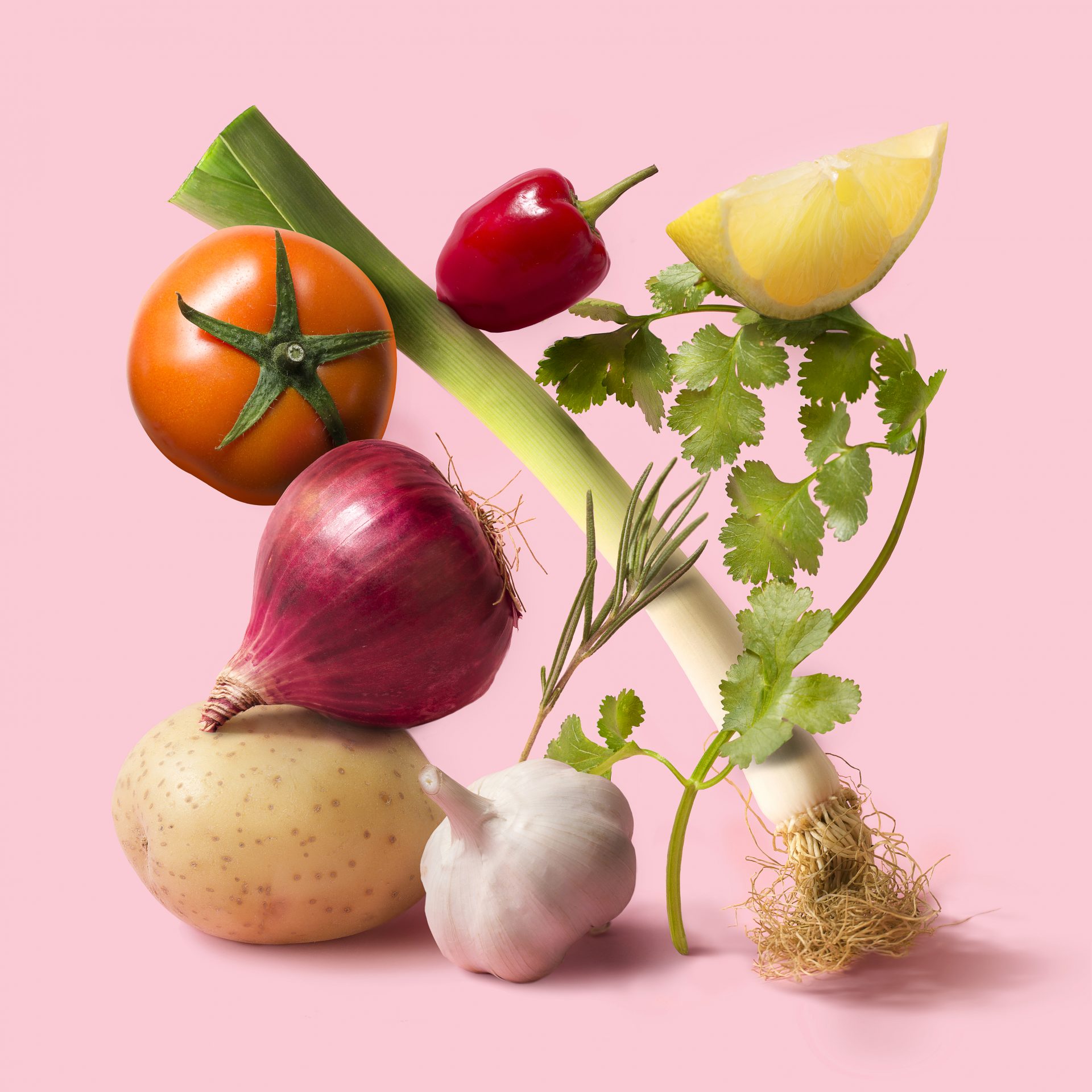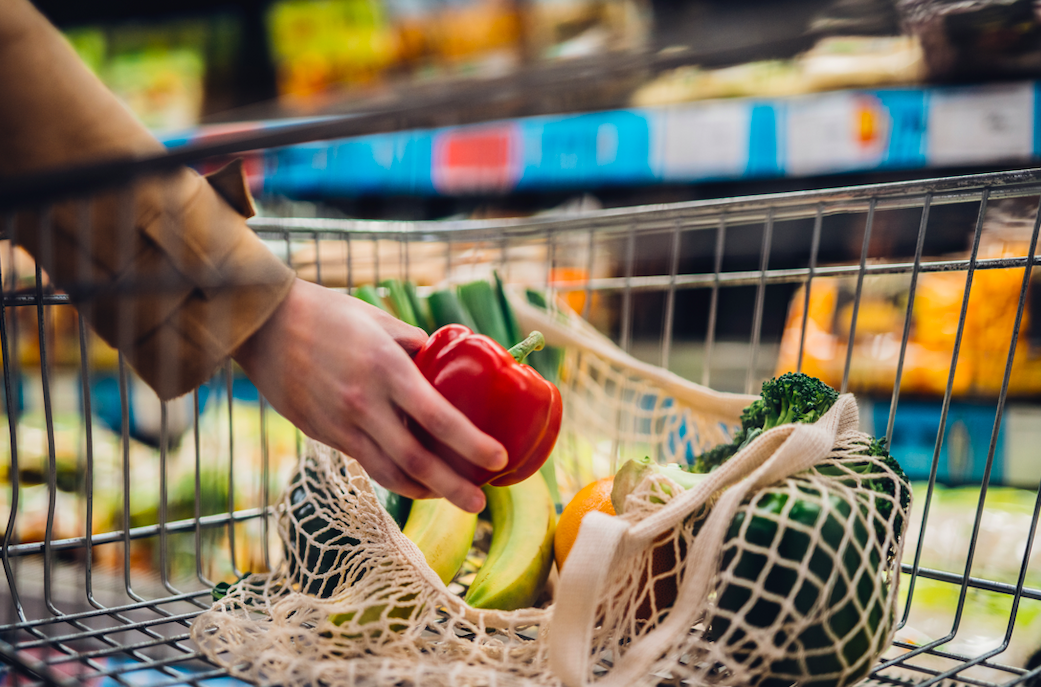Eating a wide range of fruit and veg is incredibly important for our gut health, but how can we fill our fridge without breaking the bank?
Gut health is the topic du jour right now and if you talk to any credible nutritionist about what is key to maintaining a healthy digestive system, more often than not they’ll say maintaining a diverse range of bacteria in our gut is crucial.
So, how can we do this? Well, it seems almost glaringly obvious, but one of the answers is eating as diverse a diet as possible, particularly where fruit and vegetables are concerned.
Many nutritionists place particular importance on eating colourful foods, or as Sarah Grant, a nutritional therapist and founder of Gut Reaction, describes it, “eating a rainbow of plant foods”.
You may also like
Gut health: men and women have completely different gut microbiomes – here’s why that’s important
“It sounds really simple, but the science behind that is amazing,” Grant adds. “If we’re focusing on variety and using different colours to get that, it means we are consuming a whole cross-section of different fibres that our gut bacteria can feed off.”
Recent studies back this up. Research from the University of Georgia found that higher rates of illness can be improved by a diet high in pigmented foods such as yams, kale, spinach, watermelon, bell peppers, tomatoes, oranges and carrots.
Studies like this have led experts to advocate diets packed with fruit and veg, such as the ‘30 plants a week’ programme. But there’s a huge caveat: vegetables are expensive.
Fresh, organic food can be especially pricy, and with a cost of living crisis that has caused fruit and veg prices to soar by 37%, making sure we get our five a day, let alone our 30-a-week, can be difficult.
So, how can we make sure our gut microbiome is as diverse as possible without breaking the bank? We asked the experts.
How does eating colourful fruit and vegetables help our gut health?
It’s all to do with our gut microbiome (GM), a unique ecosystem of trillions of tiny organisms and bacteria that live in our digestive system. Created within the first 1,000 days of life, everyone’s unique GM quickly develops into a sophisticated neural network, which works synergistically with the body and transmits messages to our brain.
“The gut microbiome is one of the biggest concentrations of bacteria in the body,” explains Grant. “For it to work at its best there needs to be a balance of bacteria.”

The majority of the bacteria in our gut is called commensal bacteria, or ‘beneficial bacteria’, explains Grant. This works in positive ways to support our health.
The other type of bacteria in our gut is often crudely labelled ‘bad bacteria’. “This is bacteria that’s got the potential to cause some havoc if it grows too much in relation to the commensal bacteria,” says Grant. “So, it’s important to maintain a balance in that ecosystem if we want the best long-term health outcomes.”
Colourful fruit and vegetables are particularly important because they contain pigments called polyphenols that are really good fodder for a healthy, happy gut.
4 ways to diversify your gut bacteria on a budget
Frozen and canned fruit and veg still count
Many frozen foods, such as spinach, berries and peas, or canned food, such as beans and sweet corn, can be much cheaper than fresh varieties and also keep for much longer (hands up if you’ve ever let a whole bag of salad wilt away in the fridge).
And canned and frozen options can still be nutritious. In a study, fresh peas were found to lose 15% of their vitamin C after seven days when stored in the fridge, and 60% when stored at room temperature. However, when frozen, they only lost 10% after 12 months. Plus, eating plants in any form is better than not eating any at all.
“Vegetables don’t have to be fresh and it doesn’t have to be the most expensive and exotic type of broccoli you can find. Most frozen foods, if they’ve been picked and frozen quickly, normally have the same if not higher contents of vitamins,’ says Charlotte Turner, a registered nutritionist and founder of Health Nutritionist. “Canned and frozen food has still got lots of vitamins and minerals in it; it’s all about balance.”
Shop seasonally
Eating seasonal fruit and veg that’s been grown locally can be a cost-effective way to diversify our diet and the bacteria in our gut.
In fact, we can use the seasons to our advantage to encourage more diversity in our GM by adding seasonal ingredients to meals we might not eat at other times of the year. “Adding more local and in-season fruit and veg into your diet can provide your gut with fibre and diversity,” explains Turner, who advises adding foods like raspberries, rhubarb, broad beans and radishes in summer, which are often cheaper in supermarkets at this time of year.

Don’t forget about alternative sources of fibre
In order to increase the diversity of our microbiome, Turner says we should aim to eat around 30g of fibre a day. While a huge part of this ideally should be plants, we can also top up the amount of fibre we eat through cheaper, everyday foods.
“We should all be eating lots of different plants, but the fibre is also in a lot of our carbohydrates: cereal, bread, pasta, rice and oats,” says Turner. Eaten in moderation, these can be cheaper ways to top up our daily fibre intake.
Snack on fruit
A paper published in the British Journal Of Nutrition found people who ate more fruit, specifically those who snacked on fruit, had lower scores for depression and higher mental wellbeing.
As well as providing mental health benefits, snacking on fruit, especially brightly coloured fruit, is a great way to increase our microbiome diversity. Plus fruit can often be cheaper than a lot of other snacks we may turn to when we feel hunger pangs coming on, such as crisps or cereal bars.
“Adding in a bit of fruit every time we snack can help us achieve that 30g a day goal,” says Turner. “Don’t forget about wonky fruit and veg you can buy that can often be a lot cheaper.”
Images: Getty
Source: Read Full Article
